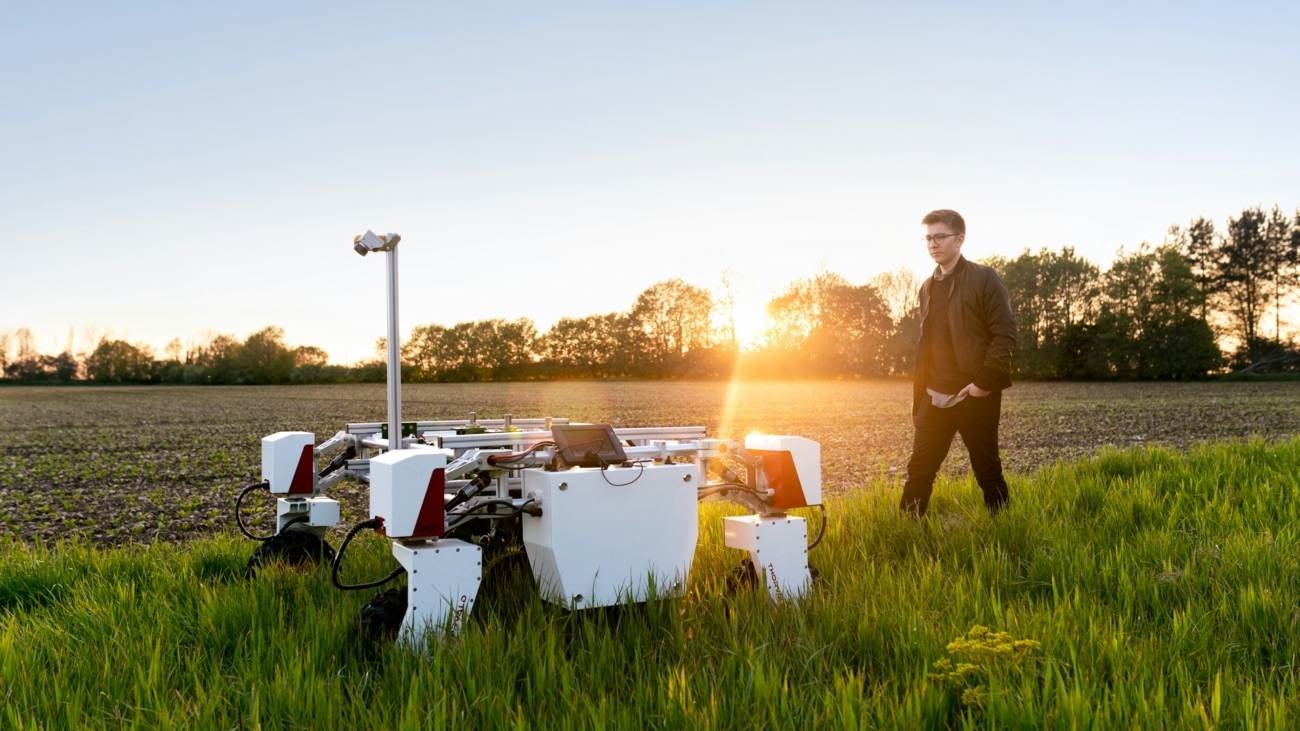Nanotechnology, the science of manipulating matter at an atomic or molecular scale, holds transformative potential for agriculture. This advanced technology can significantly enhance crop genetic modification, pest management, and soil enrichment. However, the adoption of nanotechnology in agriculture comes with costs, challenges, and ethical considerations that need to be addressed. This article explores these aspects and discusses how nanotechnology projects can become more mainstream in agriculture.
Genetic Modification of Crops
Nanotechnology can revolutionize genetic modification by delivering DNA or RNA molecules directly into plant cells with high precision. Nanoparticles can be used as carriers to introduce new genes or silence existing ones, enhancing desired traits such as drought resistance, nutrient efficiency, and yield. This method is more efficient and less invasive than traditional genetic modification techniques, potentially reducing the time required to develop new crop varieties.
By targeting specific genes at the molecular level, nanotechnology can create crops that are better suited to withstand environmental stresses and changing climate conditions. This precision enhances the efficacy of genetic modifications, leading to improved crop performance and sustainability.
Pest Reduction and Pest Management
Nanotechnology offers innovative solutions for pest management through the development of nanopesticides and nanoformulations. These products can deliver active ingredients more effectively and at lower doses than conventional pesticides, reducing environmental impact and resistance development in pests. Nanoparticles can be engineered to release their contents slowly, providing long-lasting protection against pests.
Additionally, nanosensors can detect pest infestations at an early stage, allowing for timely and targeted interventions. This proactive approach minimizes crop damage and reduces the need for broad-spectrum pesticide applications, promoting more sustainable agricultural practices.
Soil Enrichment at a Molecular Level
Soil health is critical for agricultural productivity, and nanotechnology can play a significant role in soil enrichment. Nanoparticles can be used to deliver nutrients and bioactive compounds directly to plant roots, enhancing nutrient uptake and promoting healthy soil microbiomes. These nanoformulations can improve soil structure, water retention, and fertility, leading to increased crop yields.
For example, nanofertilizers can provide a controlled release of nutrients, ensuring that plants receive a steady supply over time. This reduces nutrient runoff and minimizes the environmental impact of fertilizers, contributing to more sustainable farming practices.
Costs for Farmers and Researchers
The adoption of nanotechnology in agriculture involves significant costs for both farmers and researchers. Developing nanotechnology-based solutions requires substantial investment in research and development, as well as specialized equipment and expertise. For farmers, the initial cost of nanotechnology products can be higher than traditional alternatives.
However, the long-term benefits, such as increased crop yields, reduced pesticide use, and improved soil health, can offset these costs. Economies of scale and technological advancements are likely to reduce the cost of nanotechnology products over time, making them more accessible to farmers.
Challenges of Implementation and Usage
Implementing nanotechnology in agriculture faces several challenges. One of the primary concerns is the lack of awareness and understanding among farmers about the benefits and safe use of nanotechnology. This requires extensive education and training programs to ensure that farmers can effectively and safely utilize nanotechnology products.
Additionally, the scalability of nanotechnology solutions and their integration into existing agricultural practices can be challenging. Ensuring consistent quality and performance of nanotechnology products under diverse agricultural conditions is crucial for widespread adoption.
Regulation and Ethical Considerations
The use of nanotechnology in agriculture raises important regulatory and ethical considerations. Regulatory frameworks need to be established to ensure the safety and efficacy of nanotechnology products. This includes rigorous testing and evaluation to assess potential risks to human health and the environment.
Ethical considerations include the potential impact of nanotechnology on biodiversity and ecosystem balance. Transparency and stakeholder engagement are essential to address public concerns and build trust in nanotechnology applications.
Mainstreaming Nanotechnology in Agriculture
To make nanotechnology projects more mainstream in agriculture, several strategies can be employed:
- Research and Development Funding: Increased funding for research and development can accelerate the innovation and commercialization of nanotechnology solutions.
- Public-Private Partnerships: Collaboration between government agencies, research institutions, and private companies can drive the development and deployment of nanotechnology in agriculture.
- Education and Training: Comprehensive education and training programs can equip farmers with the knowledge and skills needed to adopt and benefit from nanotechnology.
- Regulatory Support: Developing clear and supportive regulatory frameworks can facilitate the safe and effective use of nanotechnology in agriculture.
- Demonstration Projects: Pilot projects and field demonstrations can showcase the benefits and practical applications of nanotechnology, encouraging wider adoption.
Conclusion
Nanotechnology has the potential to revolutionize agriculture by enhancing crop genetics, improving pest management, and enriching soil health. While there are costs, challenges, and ethical considerations to address, the benefits of nanotechnology for sustainable agriculture are significant. By fostering research, collaboration, and education, nanotechnology can become a mainstream tool in the quest for more productive and sustainable farming practices.

